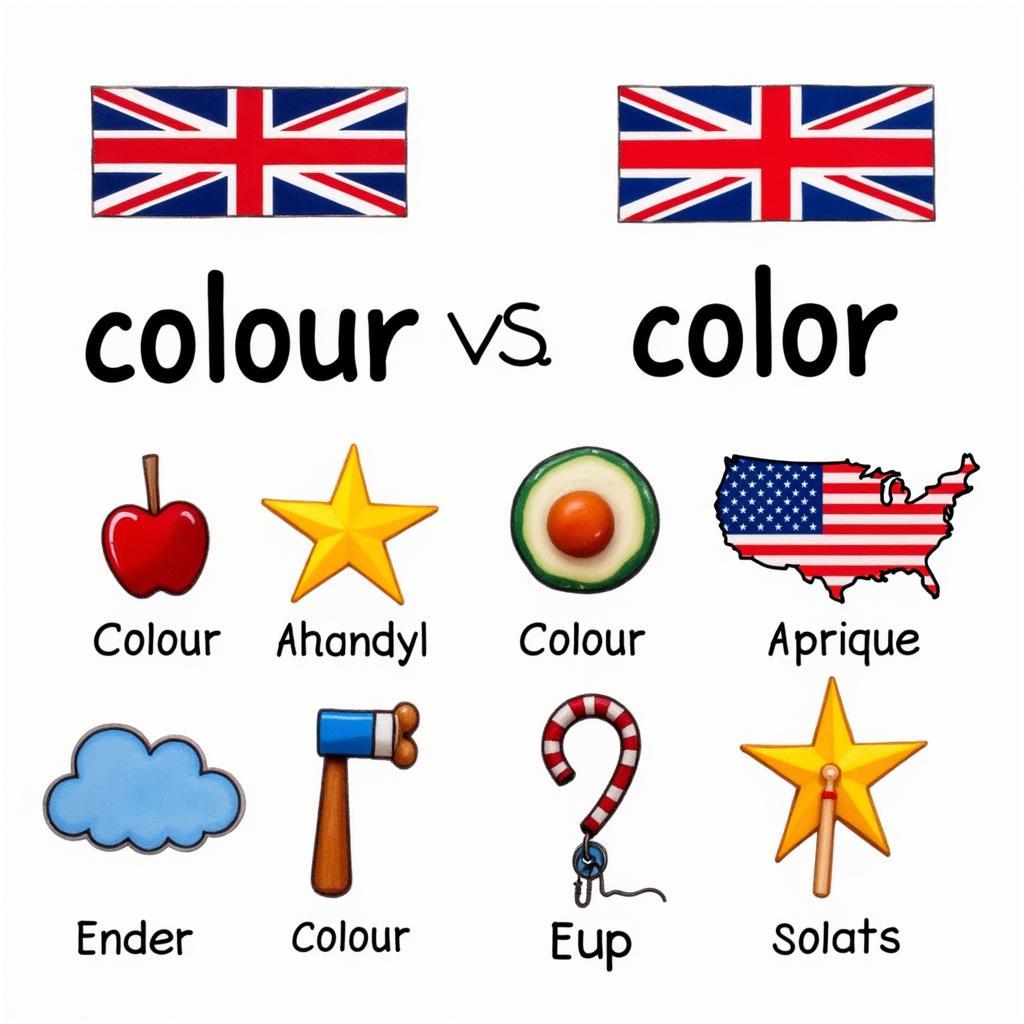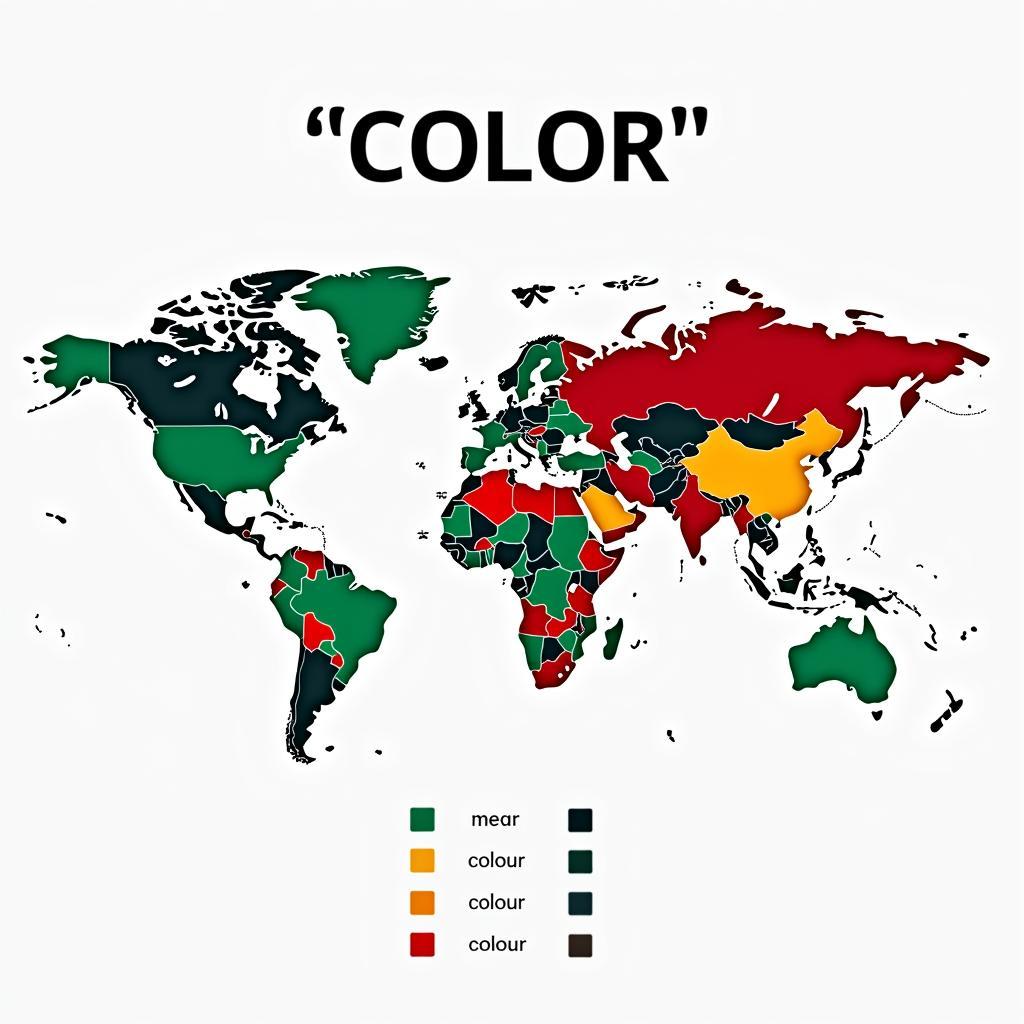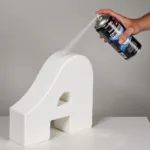The question of how to spell color in the UK is a simple one with a straightforward answer: “colour.” But the story behind this seemingly small difference between American and British English spellings is a fascinating journey through language evolution, cultural influences, and historical quirks. This article will delve into the reasons behind the different spellings, explore the history of the word “colour/color,” and discuss the broader context of spelling variations between American and British English.
The “u” in Colour: A British Tradition
The addition of the “u” in “colour” is a hallmark of British English spelling. This convention extends to other words ending in “-or” in American English, such as “humour,” “neighbour,” and “favour.” This difference stems from the influence of Norman French on the English language following the Norman Conquest of 1066. French spellings, often including a “u,” became integrated into English, and while some spellings were later simplified or Americanized, British English retained many of these historical influences. What might seem like a small difference to some is a testament to a rich linguistic heritage.
A Deep Dive into the History of “Colour”
The word “colour/color” itself has a long and interesting history, deriving from the Old French “colur,” which in turn comes from the Latin “color.” Throughout the Middle Ages, variations in spelling were common, with “colour,” “color,” and even “culour” appearing in texts. The standardization of spelling didn’t truly begin until the advent of printing in the 15th century.
Why the Difference? American Spelling Reforms
While British English maintained the traditional spelling, American English underwent a period of spelling reform in the 18th and 19th centuries, led by figures like Noah Webster. Webster advocated for simplified and standardized spellings, removing what he saw as unnecessary letters, like the “u” in “colour.” This drive for simplification was part of a broader movement to establish a distinct American identity, separate from British influence.
Spelling Variations: More Than Just “Colour/Color”
The difference between “colour” and “color” is just one example of the many spelling variations between American and British English. Other common examples include “-ize/-ise” (e.g., “realize/realise”) and “-er/-re” (e.g., “center/centre”). These differences can often cause confusion, but understanding the historical context can help to clarify the reasons behind them.
 UK vs US Spelling of Color
UK vs US Spelling of Color
Is One Spelling “Right” and the Other “Wrong”?
The question of which spelling is “right” is a common one, but the answer is not so simple. Both “colour” and “color” are correct, depending on the context. In the UK, “colour” is the standard spelling, while “color” is standard in the US. Using the correct spelling according to your audience demonstrates attention to detail and cultural sensitivity.
which is right color or colour
When to Use “Colour” and When to Use “Color”
Simply put, use “colour” when writing for a British audience and “color” when writing for an American audience. This applies to all forms of writing, from formal documents to casual emails. Consistency in spelling is crucial for maintaining clarity and professionalism.
Canadian Spelling: A Blend of Influences
Canadian spelling often adopts a mix of British and American conventions, sometimes using “colour” and other times “color.” This reflects Canada’s unique cultural and linguistic landscape, influenced by both British and American traditions.
what is the difference between color and colour
 Color Spelling Variations Around the World
Color Spelling Variations Around the World
Conclusion: “Colour” in the UK: A Matter of Tradition
In conclusion, how to spell color in the UK is a question easily answered: “colour.” This seemingly small difference in spelling reflects a rich linguistic history, influenced by Norman French and preserved through British tradition. While “color” is the standard in American English, understanding the nuances of these spelling variations is key to effective communication and cultural awareness. Remember, the correct spelling depends on your audience and context.
FAQ
- Why is “colour” spelled with a “u” in British English? (Due to historical influences from Norman French.)
- Is it wrong to spell “colour” without the “u” in the UK? (Yes, in formal writing and most contexts.)
- Who is responsible for the simplified spelling of “color” in American English? (Noah Webster is often credited with promoting the simplified spelling.)
- Do Canadians use “colour” or “color”? (Canadian spelling can use both, reflecting a mix of British and American influences.)
- Does the spelling difference affect the meaning of the word? (No, the meaning remains the same regardless of spelling.)
- Are there other spelling differences between American and British English? (Yes, numerous other words have spelling variations.)
- Where can I find more information about spelling variations? (Style guides and online resources can provide more detailed information.)
Need help choosing the perfect colour for your next project? Contact us! Phone: 0373298888, Email: [email protected] Or visit us at: 86 Cầu Giấy, Hà Nội. We have a 24/7 customer service team.

